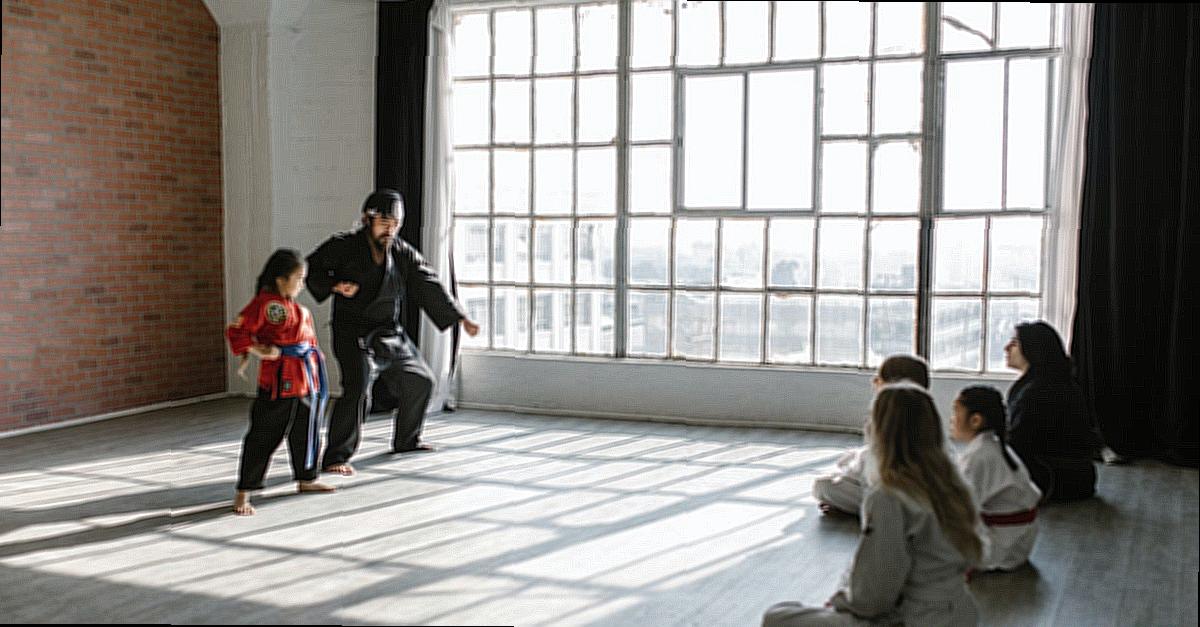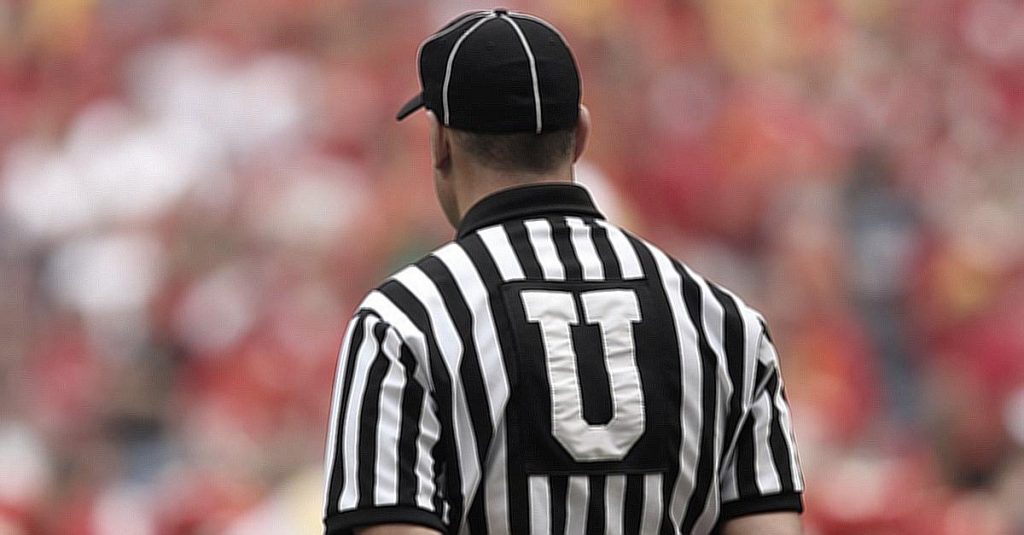Are you interested in the martial art of karate? Do you want to learn more about the rules of Kumite and Kata?If so, this blog post is for you! We’ll cover all the basics of Karate’s Kumite and Kata regulations.
You’ll discover the differences between them, how to score points, and what techniques are allowed.
So, let’s dive right in and get started!
The World Karate Federation
Karate has been a popular martial art and sport for many centuries. Now, the World Karate Federation (WKF) is dedicated to promoting and developing karate worldwide.

Established in 1990, the WKF includes over 130 countries and is responsible for setting the rules and regulations for karate competitions, including kumite and kata. They also organize and sanction international tournaments and championships.
The WKF is actively working with the International Olympic Committee to ensure that karate will be included in future Olympic games.
So if you’re looking to learn more about this exciting sport, make sure you check out the World Karate Federation!
Karate Kumite Rules
Karate Kumite is an exciting and thrilling martial arts competition.
Two opponents face each other in a match, with each round lasting three minutes and a one-minute break between rounds. Points are scored by using tactics such as punches, kicks, throws, sweeps, and blocks.
For safety reasons, protective gear such as gloves, shin pads, and mouth guards must be worn during the match. The competitor who has the most points at the end of the game is declared the winner. The World Karate Federation (WKF) has specific rules for kumite that must be followed for a tournament to be sanctioned by them.
These regulations include details on how to score points in a kumite match and what techniques can be used. So if you’re looking for an exciting martial arts competition that will keep you on your toes, look no further than Karate Kumite.
Kumite Equipment
Kumite equipment is an essential part of any karate match. The World Karate Federation (WKF) has set specific rules regarding the type of equipment that must be worn in a karate match. It is important to wear the correct gear to ensure safety and fairness during a match.
Gloves should cover the entire hand and wrist area and be made of leather or other durable material.
Shin guards should also be made of leather or another durable material and should cover the entire shin area up to the knee joint. Mouth guards are also important for protecting the teeth from any possible injury during a match.
For kumite matches, additional protective gear such as headgear, groin protectors, chest protectors, and elbow pads is recommended for extra safety.
Wearing the right gear is essential for a safe and fair karate match.
Karate Point System
Karate is an exciting and dynamic sport that uses a point system to determine the winner of a match.
Points are awarded for successful techniques, such as kicks and punches, while points can also be deducted for illegal techniques or unsportsmanlike conduct.
The World Karate Federation (WKF) has established an official set of rules and regulations that govern how points are awarded and deducted during a match.
In kumite matches, points are given for successful strikes, kicks, sweeps, throws, and takedowns.
Points can also be deducted for illegal techniques or unsportsmanlike conduct.
In kata matches, points are awarded based on the accuracy and complexity of the movements performed. The winner is determined by whoever has the most points at the end of the match.
If there is a tie at the end of the match, then an additional round is held to determine the champion.
Karate is an excellent way to get active while having fun at the same time! Its point system provides a fair way to decide who dominates each match.
How to Win a Kumite Match
Kumite is an exciting and rewarding form of martial arts competition.
To win a Kumite match, you’ll need to combine skill, technique, and strategy. Strikes, kicks, blocks, and throws are all ways to score points against your opponent.

You can also win by making a “knockout” or “submission” move that renders your opponent unable to continue the match. The referee will decide who has won the match when one competitor has achieved victory.
The individual with the most points at the end of the game will be declared the winner.

If you want to become a successful Kumite fighter, it’s essential to train regularly and focus on developing your skills and strategies.
How to Score Karate Points
Karate is an exciting martial art that requires a great deal of strategy and skill.
Knowing how to score points is a crucial part of karate. The World Karate Federation (WKF) has created a point system to keep track of who wins each match.
Additionally, points are given for correct stances, timing, and distance.
But points can be deducted if a competitor violates the rules or uses an illegal technique.
The goal in karate is to score the most points and emerge victorious!
Karate Kata Rules
Kata is a form of martial arts that requires predetermined movements and techniques in order to teach students the basics of karate.
Knowing the rules for kata is essential for anyone who wishes to participate in international competitions.
The World Karate Federation (WKF) sets the rules for all international karate tournaments, including those involving kata.
Competitors must perform a form from an approved list of kata and must do so in a specific order. Judges will score competitors based on technique, power, speed, rhythm, balance, and spirit.

Points may be deducted for incorrect or incomplete techniques or for a lack of power or spirit.
If two competitors have equal scores, the winner will be determined by audience reaction or by the judges’ decision.
Kata competitions are thrilling sporting events that require skill and dedication from participants. Understanding the rules of karate kata can help you become a more successful competitor and increase your chances of winning these tournaments.
Common Mistakes to Avoid in a Kumite Match
Kumite is a popular martial art, and to succeed in a match, it’s important to steer clear of common mistakes. Here are nine common mistakes to avoid in a Kumite match.
Firstly, make sure you follow the rules closely. Disregarding them can lead to disqualification or warnings from the referee.
Secondly, be aware of your surroundings and any potential obstacles that could impede your movement, such as other competitors, mats, walls, or other objects that may be in the way.
Thirdly, pay attention to your opponent’s movements. Knowing their movements will help you anticipate their next move and counterattack more effectively.
Fourthly, use the right technique when attacking and blocking. Poor technique can result in poor results or injury.
Fifthly, don’t get too tense during the game; this could lead to discipline or warnings from the referee as well as potential injuries for both athletes.
Sixthly, don’t underestimate your opponent’s skills or knowledge; taking them lightly could result in an unexpected loss and a lack of respect for their abilities.
Seventhly, warm up before the match begins to ensure you’re in peak form throughout the entire match. Not warming up properly can result in poor performance and even injuries during the game.
Eighthly, keep your cool during the game and stay focused on what’s happening at all times; losing focus could lead to errors that cost you the game outright.
Lastly, stay hydrated throughout the entire game; not doing so could have catastrophic consequences during a Kumite match.
Conclusion
Karate is an exciting and versatile martial art that demands patience, technique, and planning.
Kumite and kata are two of the most popular forms of karate combat. In a match, Kumite involves two opponents facing each other, while Kata requires predetermined movements and techniques.
The World Karate Federation (WKF) sets the rules for both kumite and kata matches.
These include how to score points, as well as what equipment must be worn.
To become a successful karate fighter, it’s important to know these rules inside out and avoid common mistakes such as not following them closely or underestimating your opponent’s abilities.






